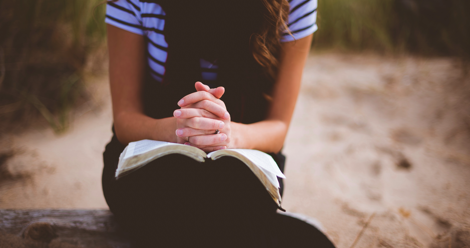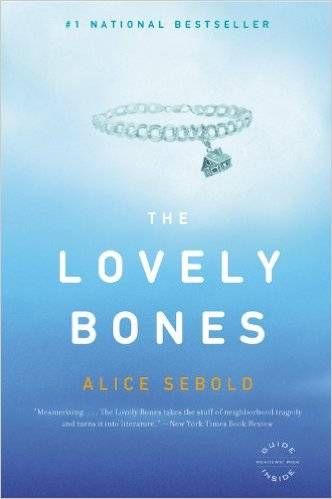
On Personal Trauma and Trigger Warnings
This is a guest post from Vanessa Diaz. Vanessa is a writer, reader and generally bookish person from Southern California. If loving Agatha Christie and Harry Potter is wrong, she doesn’t want to be right. Vanessa’s penchant for travel and tea is rivaled only by her serious addictions to milk, avocado and floral-flavored lattes. When not reading books or selling books at an indie shop in San Diego, she can be found blogging away at www.buenosdiazsandiego.com. She is a proud Latina and aspiring novelist who hopes to pursue a Masters in Library Science with all of her make-believe spare time. Follow her on Twitter @buenosdiazsd.

I tried so hard to push past those few short paragraphs. I slammed the book shut as the act was finished and then cried for an hour. I’d been wholly unprepared for that reminder of my own experience, one that though I am lucky enough to classify as “attempted” still haunts me profoundly to this day.
This slam-it-shut-and-sob routine repeated itself when I tried to read Ken Follet’s Pillars of the Earth and The Girl with the Dragon Tattoo. The sexual assault scenes in these works are more violent, more graphic, even more horrifying in their detail than what Susie Salmon described; I could not complete them. I decided that going forward, I’d avoid works that contain anything more than a very quick or clinical reference to rape and sexual violence. It was a boundary that I needed to set for my mental health.
That was in my twenties. In my thirties, I started to second guess my very black-and-white approach to reading about trauma. I wondered if I was missing out on beautiful and/or important pieces of writing: Yaa Gyasi’s Homegoing, Roxane Gay’s Difficult Women and Hunger, Eimear McBride’s A Girl is a Half -Formed Thing, Hanya Yanagihara’s A Little Life.
A part of me thinks, “So what if I don’t ever read these books?” There are so, soooo many other things to read (see my TBR list…good grief). Missing out on one wonderful piece to avoid content that I find too painful to consume isn’t the end of the world. It’s self-care.
Then again, some books feel too significant. Whether because of the stories they tell, the healing they inspire, or the conversations they ignite, certain works just feel like they need to be read. I would, however, like to know what I’m getting into, to be in the right frame of mind to read it without crumbling. Enter the trigger warning.
Thanks to apps like Goodreads and the conscious efforts of the book blogging community, I’m generally made privy when a book contains triggering content. The warning has empowered me as a reader to decide when I am exposed to it; I can avoid it on days when I don’t feel strong enough to process it or proceed with caution when I do. There’s just one little problem here.
Y’all. I did not realize how controversial trigger warnings are. I didn’t understand the opposition, that there could be a con to giving a little extra consideration to those affected by specific types of content. Movies have rating systems; why can’t books have trigger warnings? I don’t need you to tell me what happens to Character X on page 394, but I don’t see what problem is in giving me a heads up if sexual violence (or other triggering content) will be a thing at some point in that title.
I’ve seen the counterarguments: if reading a book triggers you that profoundly, you should perhaps seek therapy; life doesn’t come with trigger warnings, neither should art; trigger warnings keep readers from experiencing books organically; etc. I’m not saying those points don’t carry weight. I can understand where folks who feel this way are coming from, particularly those who view trigger warnings as a suppression of art’s ability to move you as intended. What I don’t know is how many of them know where we’re coming from, how an intimate familiarity with trauma might shift how you experience literature and other art forms.
If trigger warnings take away from that experience for you, I defend your right to ignore them. In return I ask that you respect my right to employ them. Let me have these essential and protective tools as I find the courage to tackle beautiful, terrible, soul-shaking works of art.

















